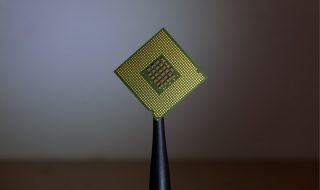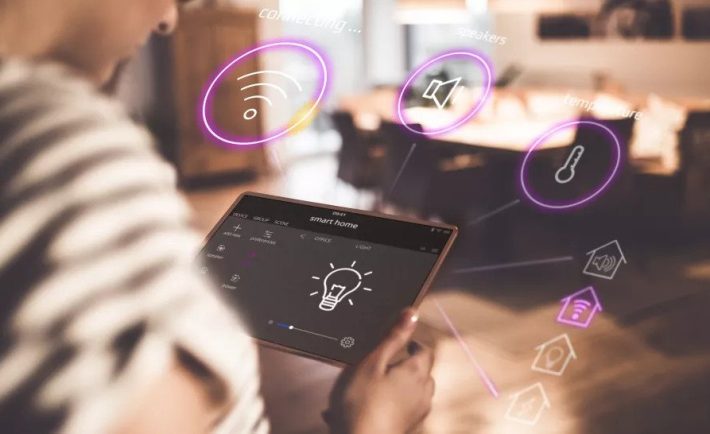
Home improvement is a lucrative industry, to say the least. Ever-increasing interest in DIY enables wholesalers and building merchants to make extra income from retail customers, while contractors remain in high demand for domestic work. But the home improvement ‘environment’ has changed considerably thanks to the technological revolution. What are some of the key changes?
More Informed Choices
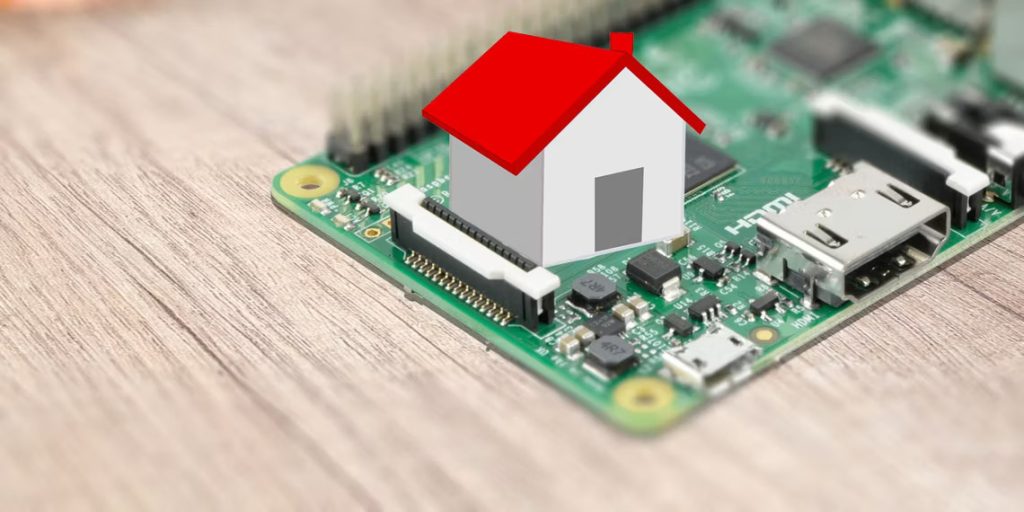
One of the more essential impacts that technological development has had on home improvement relates to the decision-making process of DIY decorators and property developers alike. With the internet came an information age, which enabled more people than ever to access and engage with high-quality informational content relating to DIY techniques and understanding.
Not only this, but the rise of e-commerce made way for the democratisation of reviews and criticism. Quality tools were easier to identify from positive consumer reviews; DIYers could confidently choose a DeWalt nail gun set over competitor options owing to the glut of information available online.
Smart Technology
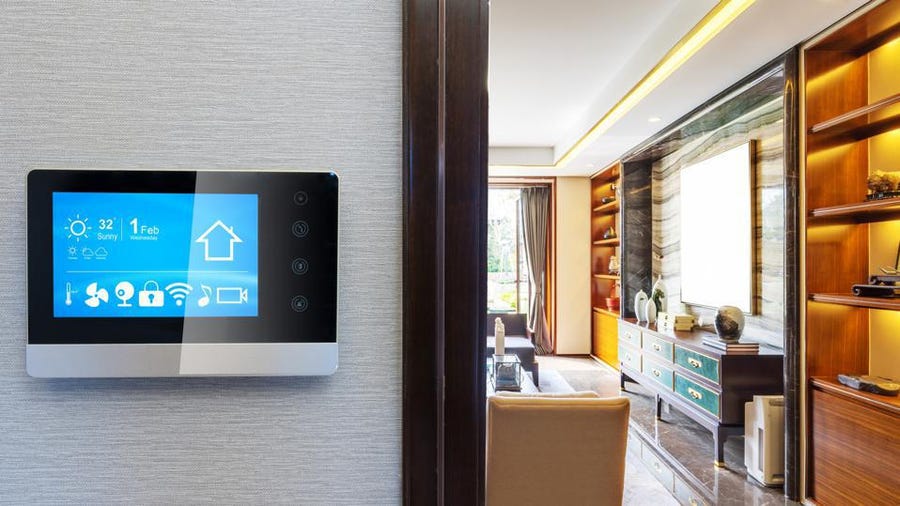
With direct regard to the various home improvement options available to homeowners, technological development has enabled innovation in interactivity. The Internet of Things (IoT) describes the interconnectivity of home devices and appliances, enabling direct and devolved control.
While IoT technology is often reduced to its most memetic qualities – ovens that can run the 1990s videogame Doom; fridges from which you can tweet – the capabilities of interconnected devices and home installations can make for a much better quality of life. Thermostats can recognise when you are home and automatically adjust your home’s temperature, and lights can be programmed to react to certain stimuli or conditions with ease.
Augmented Reality
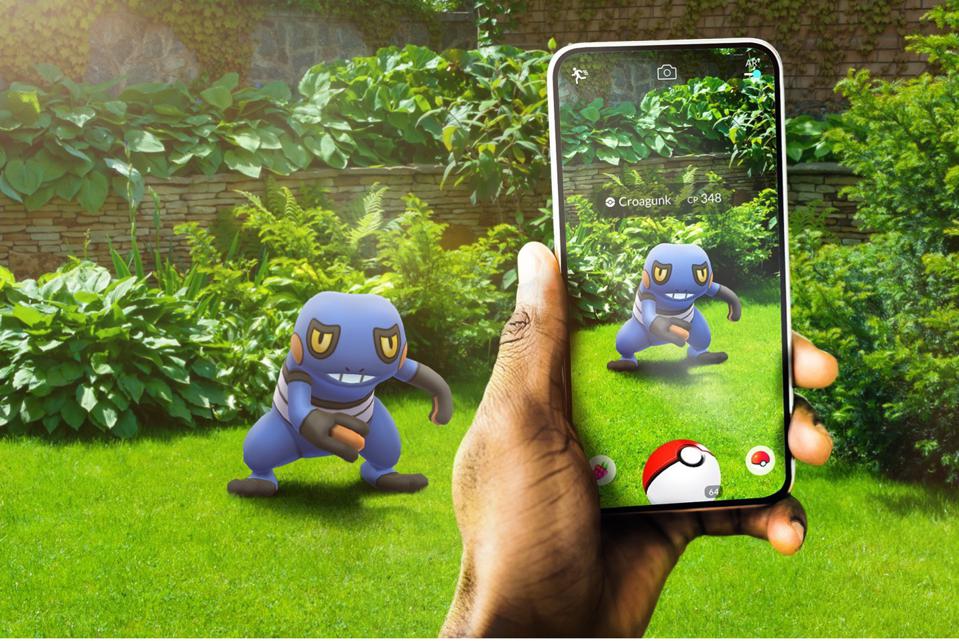
On the back-end of home improvement, new technologies are making the planning of work much more intuitive and even tangible. Augmented reality is the superposition of generated digital elements onto real images and environments; with AR, you can digitally mock up changes to your home and visualise them in ‘real space’ by placing them over scans or photos of your rooms.
This technology makes décor-based decision-making much simpler, and can also be incredibly powerful in making measurements and complex build calculations on your behalf (with the right technology).
Remote Control
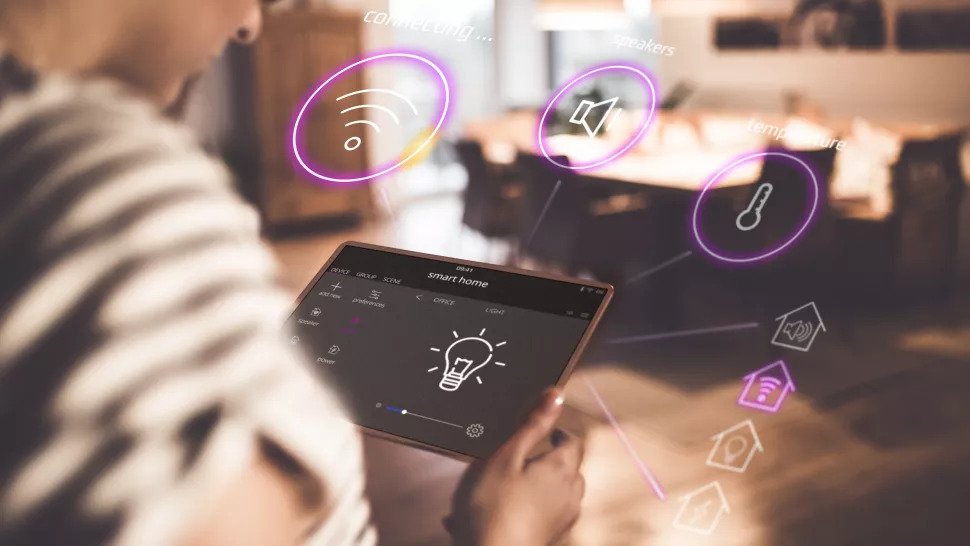
Lastly, a simple but effective technological improvement is one that has technically been present for decades: remote control. Simple remote-control solutions make larger home improvement projects much safer; a demolition ball can be triggered to fall from a distance, keeping yourself and others safe in knocking down older walls or outbuildings. Remote control also enables drone flight; drones can be used to take complex scans and measurements.




